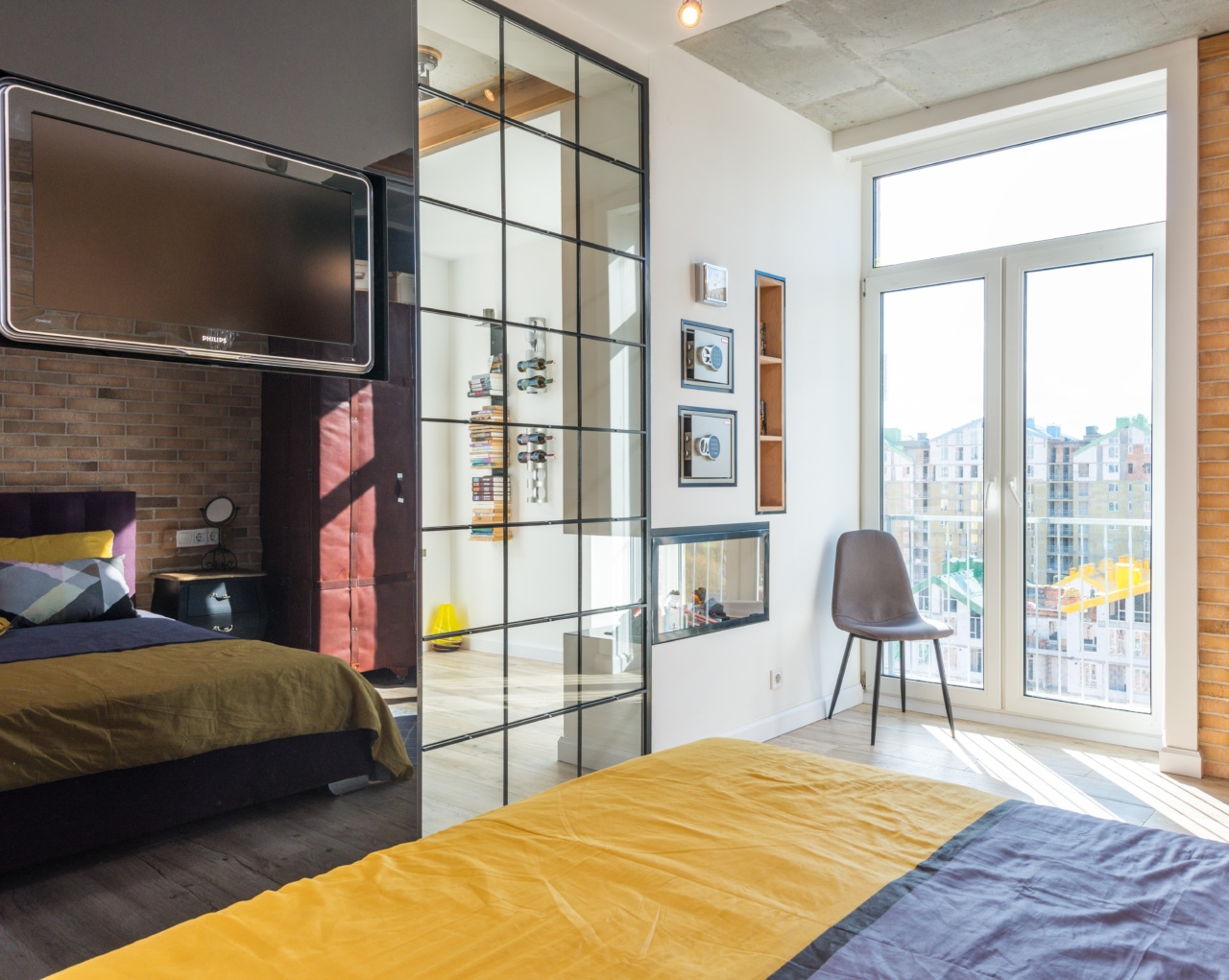When it comes to protecting your biggest asset, your home, residential insurance is an essential financial tool. It provides coverage for damage caused by various perils such as fire, theft, vandalism, and natural disasters.
However, finding the right insurance policy with adequate coverage at an affordable price can be a daunting task. This article will guide you through the process of selecting residential insurance coverage that keeps your home safe without breaking the bank.
Understanding Residential Insurance
Residential insurance, also known as homeowners insurance or property insurance, shields homeowners from financial losses resulting from damage to their property or belongings.
It offers protection against both structural damage to your home and personal liability for injuries or damage caused to others while on your property.
Residential insurance policies typically consist of two main components:.
1. Dwelling Coverage
Dwelling coverage provides financial protection in case your home sustains damage due to covered perils (as specified in your policy).
It covers the structure of your home, including the walls, roof, foundation, and other attached structures, such as garages or decks.
2. Personal Property Coverage
Personal property coverage safeguards your belongings, such as furniture, appliances, electronics, and clothing, against theft, fire, or other specified perils.
It also extends coverage to items lost or stolen outside your home under certain circumstances, like when you’re traveling.
Types of Residential Insurance Policies
There are different types of residential insurance policies available, and understanding them can help you choose the most suitable option for your needs. The most common types include:.
1. Basic Form Policy
A basic form policy provides coverage against a limited number of perils, such as fire, lightning, and vandalism. It offers a minimal level of protection and is usually the most affordable option.
However, it may not cover damages caused by common perils like storms or theft, so it’s important to review the policy terms carefully.
2. Broad Form Policy
A broad form policy offers coverage against a wider range of perils than a basic form policy.
In addition to the perils covered under the basic form policy, it may also include protection against damages caused by falling objects, weight of ice or snow, and burst pipes. While it provides more comprehensive coverage, it may come at a slightly higher cost.
3. Special Form Policy
A special form policy, also known as an all-risk policy, provides the most extensive coverage. It protects your home and personal belongings against almost all perils, except those specifically excluded in the policy.
This type of policy offers the highest level of protection but tends to be more expensive than other options.
Factors Affecting Residential Insurance Premiums
The cost of residential insurance coverage varies depending on several factors. Understanding these factors can help you find ways to keep your premiums affordable:.
1. Location
The location of your home plays a significant role in determining insurance premiums. Homes in disaster-prone areas or regions with higher crime rates generally attract higher premiums due to increased risks.
2. Dwelling Value
The value of your home, including all its features, materials, and finishes, affects the premium cost. Higher-value homes typically require higher coverage limits, resulting in higher premiums.
3. Deductible Amount
The deductible amount represents the portion of a claim that you must pay out of pocket before the insurance coverage kicks in.
Choosing a higher deductible can reduce your premiums, but it’s important to ensure it’s an amount you can comfortably afford in case of a claim.
4. Protective Devices
Having security features such as smoke detectors, burglar alarms, deadbolt locks, and fire extinguishers can lower your insurance premiums.
These devices mitigate the risks associated with the claimable perils, making your home safer and more insurable.
5. Claims History
Your claims history can impact the premium cost. If you have a previous record of frequent or severe claims, insurers may charge higher premiums due to the higher perceived risk.
6. Credit Score
In some regions, insurers consider credit scores when determining premiums. A higher credit score can result in lower premiums, as it indicates financial responsibility and lower risk from an insurance standpoint.
7. Bundling
Many insurers offer discounts if you bundle multiple policies with them. This could include combining your residential insurance with auto insurance or any other type of policy offered by the same insurer.
Tips to Lower Your Residential Insurance Premiums
Now that you understand the factors that influence insurance premiums, here are some actionable tips to help you lower your residential insurance costs:.
1. Compare Multiple Quotes
Obtain quotes from different insurance providers and compare coverage levels and costs. Get at least three quotes to ensure you have a good understanding of the market rates and can make an informed decision.
2. Increase Security Measures
Invest in security features like a monitored alarm system, motion-sensitive outdoor lighting, and security cameras. These precautions can significantly reduce your premiums while providing added protection for your home.
3. Raise Your Deductible
Consider increasing your deductible if you can afford to pay a higher amount out of pocket in case of a claim. However, ensure the deductible remains within reach so it doesn’t create financial strain if you need to file a claim.
4. Maintain Good Credit
Pay your bills on time, reduce your debts, and regularly review your credit report to maintain a good credit score. A higher credit score can help you qualify for lower residential insurance premiums.
5. Bundle Your Policies
If possible, bundle your residential insurance policy with other policies, such as auto insurance or life insurance, offered by the same insurer. This often leads to discounted premiums, making it a cost-effective choice.
6. Review Coverage and Limits Regularly
Review your policy coverage and limits annually to ensure they’re reflective of your current needs. Adjust them if necessary, eliminating unnecessary coverage and avoiding overinsuring your property, which can result in higher premiums.
7. Be Claims-Free
Try to maintain a claims-free record by addressing smaller repairs out of pocket rather than filing a claim.
Frequent claims can increase your premiums, and some insurers may even decide not to renew your policy if they perceive you as a high-risk client.
Conclusion
Residential insurance is a vital part of protecting your most valuable asset.
By understanding the different types of coverage, the factors influencing premiums, and implementing cost-saving measures, you can secure the right insurance policy that provides adequate coverage while keeping your home safe for less.
























